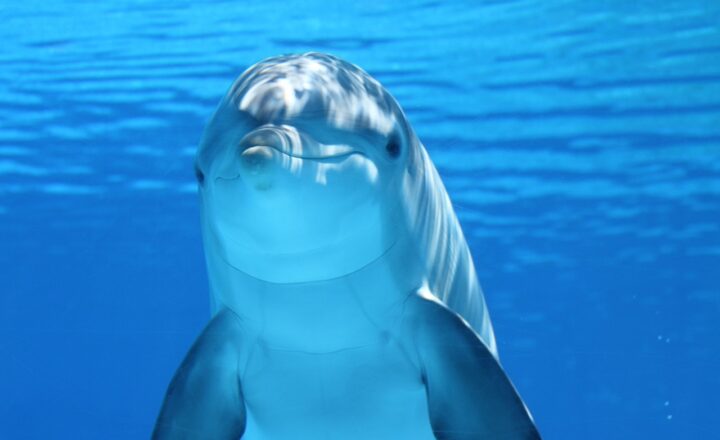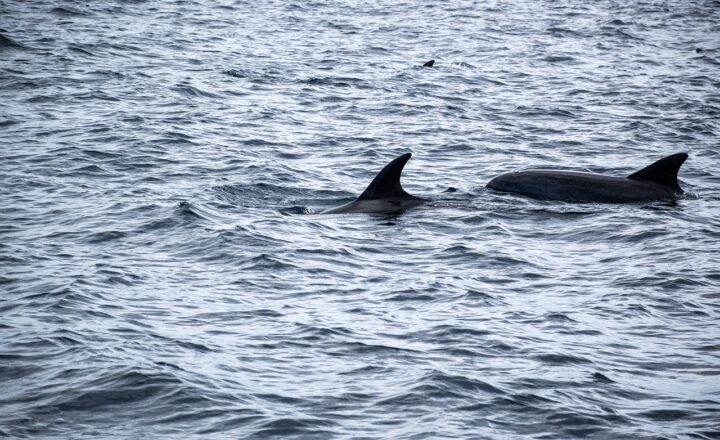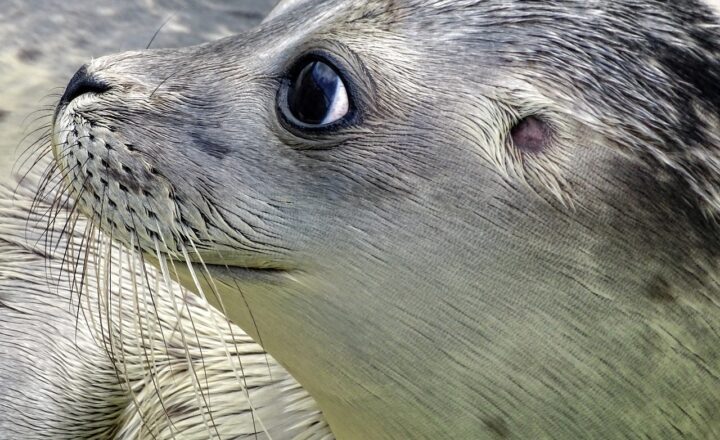The Extinct Sea Creatures of the Paleozoic Era: Meet Earth’s Earliest Ocean Dwellers
November 14, 2024

The Paleozoic Era, spanning from approximately 541 to 252 million years ago, showcases one of the most remarkable evolutionary periods in Earth’s history. This era witnessed the emergence of an astounding diversity of marine life forms. The oceans teemed with bizarre and fascinating organisms whose shapes and sizes often seem alien to us today. In this article, we delve into the depths of prehistoric seas to meet some of the most intriguing extinct sea creatures from the Paleozoic Era.
1. The Cambrian Explosion: A New Dawn for Marine Life
The Paleozoic Era kicked off with the Cambrian Period, around 541 million years ago. This period is often referred to as the Cambrian Explosion, a time marked by an unprecedented increase in the diversity of life forms, particularly in the oceans.
Among the notable creatures of this time were trilobites, an extinct group of marine arthropods characterized by their segmented bodies and hard exoskeletons. These creatures thrived in various marine environments and can be regarded as the first major group of complex animals. Their fossilized remains are commonly found today, providing valuable insights into early marine ecosystems.
Trilobites are a perfect example of Cambrian innovation, adapting to many ecological niches. Some species were even equipped with specialized features, such as eyes with lenses, allowing them to see in complex underwater environments.
2. The Age of Fish: The Devonian Period
Following the Cambrian, the Paleozoic Era progressed into the Ordovician and finally the Devonian Period (approximately 419 to 359 million years ago), often dubbed “The Age of Fish.” This period saw the rapid evolution of various fish groups, including jawless fish, placoderms (armored fish), and early sharks.
Among the most fascinating fish of this period was the Dunkleosteus, a massive placoderm that roamed the seas around 358 million years ago. With its jaw not only full of formidable teeth but also powerful enough to crush prey, Dunkleosteus was one of the top predators of the Devonian ocean. Fossils of this creature indicate it could grow up to 10 meters (33 feet) in length, making it one of the largest fish of its time.
Another iconic fish from this period was the ancient shark known as the Stethacanthus. This unique creature had a distinctive spine-like structure atop its back, which researchers speculate may have played a role in mating displays or was possibly used to aid in swimming. This peculiar feature sets Stethacanthus apart from modern sharks, highlighting the experimental evolution taking place during the Devonian.
3. Cephalopods: Masters of Adaptation
Cephalopods, primarily known today from their modern representatives such as squids and octopuses, have origins that trace back to the Paleozoic Era. One of the most significant cephalopods of this time was the ammonite—a shelled creature resembling today’s nautilus.
Ammonites were abundant during the Late Paleozoic and are now quintessential indicators of the age of certain rock layers due to their rapid evolution and widespread distribution. With their coiled, intricately patterned shells and complex behaviors possibly akin to those of modern cephalopods, ammonites must have played crucial roles in prehistoric marine ecosystems.
Their unique feature was the ability to control buoyancy, allowing them to maneuver in the water column effectively. This trait made them efficient predators as well as prey within the Paleozoic seas.
4. The Strange World of Coral and Other Invertebrates
The Paleozoic Era was not only about fish and cephalopods; it also bore witness to the emergence of coral reefs and various other invertebrates. Rugose corals, commonly known as horn corals, were widespread during the Paleozoic and contributed significantly to the formation of reef structures.
Interestingly, these corals had a symbiotic relationship with zooxanthellae, microscopic algae that provided the corals with energy through photosynthesis. This mutualism enabled the rapid growth of coral reefs, supporting diverse marine life.
Other invertebrates, such as brachiopods and bryozoans, flourished in Paleozoic seas. Brachiopods, often compared to clams, had topside and underside shells that were fundamentally different in shape and anatomy from those of mollusks. They shaped the seafloor and contributed to sediment build-up during this era.
5. The Permian Period: A Dramatic Decline
As we transitioned into the Permian Period (approximately 299 to 252 million years ago), a significant shift occurred in marine biodiversity. While many new organisms emerged, this period also marked the beginning of the end for many Paleozoic species due to changing environmental conditions.
The end of the Paleozoic Era culminated in the Permian-Triassic extinction event, which wiped out over 90% of marine species. The factors contributing to this mass extinction included drastic climate changes, volcanic eruptions, and changing oceanic currents that disrupted ecosystems. The affects were profound, leading to a complete reorganization of marine life in the subsequent Mesozoic Era.
Conclusion: A Legacy of Biodiversity
The Paleozoic Era hosts some of the most spectacular and distinct sea creatures to have ever inhabited Earth. From the resilient trilobites and massive Dunkleosteus to the essential coral ecosystems, the legacy of this era reminds us of the immense diversity that Earth’s oceans once held. While many of these species have long vanished, their impact on marine evolution shapes our current oceans to this day.
Today’s marine ecosystems continue to evolve and adapt, and we can trace their ancestry back to these early ocean dwellers, whose stories remain etched in the fossil record. Exploring the profound history of these marvelous creatures of the Paleozoic Era invites us to appreciate the delicate balance of life that persists within our oceans now and into the future.








